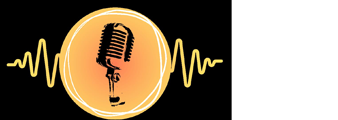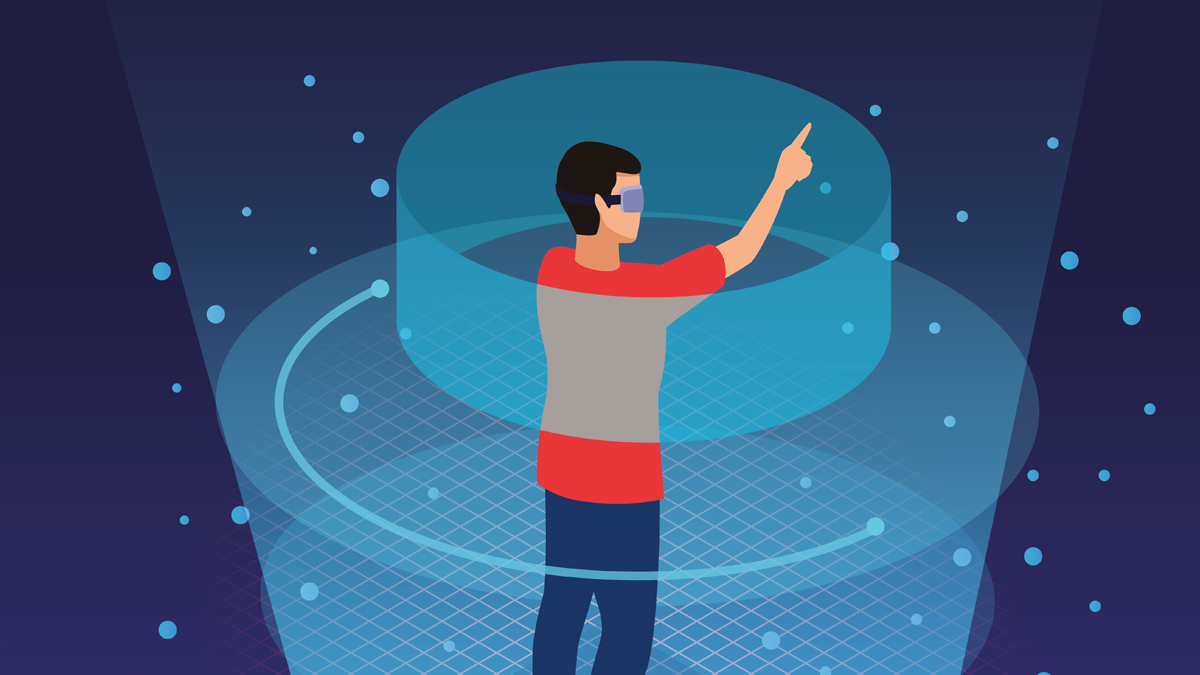Motion capture bridges the gap between reality and digital imagination by recording human movement and applying it to virtual characters. In cinema, this technology allows filmmakers to blend live-action performances with computer-generated worlds seamlessly. From early marker-based setups to modern AI-driven pipelines, motion capture has evolved to offer greater accuracy, speed, and creative freedom. This article explores key techniques and innovations that have shaped motion capture’s role in merging real and virtual environments, offering insights into how the industry harnesses these tools to deliver immersive visual storytelling experiences.
| Table of Contents | |
|---|---|
| I. | Marker-Based vs. Markerless Motion Capture Techniques |
| II. | Real-Time Performance Capture for Live Virtual Production |
| III. | Deep Learning–Enhanced Facial Capture and Expression Mapping |
| IV. | Full-Body Motion Capture for Digital Doubles and Stunts |
| V. | Fusion of IMU Sensors and Optical Systems for Hybrid Capture |
| VI. | Volumetric Motion Capture on LED Volume Stages |
| VII. | Retargeting Motion Data to Non-Human and Stylized Characters |
| VIII. | Biomechanical Analysis for Physically Accurate Animation |
| IX. | Virtual Camera Tracking and Matchmove Synchronization |
| X. | On-Set AR/VR Previsualization with Motion Capture Overlays |
| XI. | AI-Driven Cleanup, Retiming, and Automation in Post-Production |
Marker-Based vs. Markerless Motion Capture Techniques
Marker-based systems use reflective markers attached to an actor’s body to track movement with multiple cameras, delivering high precision and low latency. In contrast, markerless techniques rely on computer vision and depth sensors to interpret poses without physical markers, offering faster setup and greater actor comfort. While marker-based setups excel in controlled studio environments, markerless approaches are ideal for on-location shoots and rapid prototyping. Filmmakers often choose a hybrid approach to balance accuracy, flexibility, and production speed in different creative contexts.
Real-Time Performance Capture for Live Virtual Production
Real-time performance capture integrates motion data directly into virtual environments as actors perform. Using GPU-accelerated pipelines, studios can see a digital character mimicking an actor’s movement on-screen instantly. This live feedback accelerates creative decisions, enabling directors and actors to collaborate within virtual sets (e.g., LED stages). It reduces the need for costly reshoots by validating shots on the spot. Real-time systems often combine optical tracking and inertial sensors to deliver low-latency, high-fidelity results, supporting more dynamic and interactive virtual production workflows.
Deep Learning–Enhanced Facial Capture and Expression Mapping
Deep learning has revolutionized facial motion capture by using neural networks to analyze high-resolution video and depth data. These models detect subtle muscle movements and translate them into precise digital expressions. By training on large datasets, the system learns to replicate nuanced emotions and micro-expressions that traditional algorithms might miss. This enhanced mapping improves the realism of digital characters, especially in close-up shots. As processing speeds increase, studios can integrate AI-driven facial capture into their pipelines, streamlining workflows and elevating emotional depth in virtual performances.
Full-Body Motion Capture for Digital Doubles and Stunts
Full-body motion capture enables the creation of digital doubles—virtual replicas of actors—from head to toe. Actors wear suits embedded with tracking markers or IMU sensors to record precise body dynamics. This data is essential for choreographing stunts that are too risky or physically demanding. Digital doubles can perform dangerous sequences without endangering performers, while preserving realistic human motion. In post-production, the captured animations are blended with visual effects, allowing seamless integration of stunt work, fight scenes, and wire-assisted movements.
Fusion of IMU Sensors and Optical Systems for Hybrid Capture
Hybrid capture combines inertial measurement units (IMUs) with optical camera systems to harness the strengths of both. IMUs, including accelerometers and gyroscopes, provide continuous motion data even when markers are occluded, while optical systems ensure high positional accuracy. Fusion algorithms merge these streams to reduce drift and noise, delivering stable, precise motion tracking. This approach is particularly valuable in complex environments where pure optical capture struggles, such as crowded scenes or dynamic sets. Hybrid systems offer robust performance for demanding film productions.
Volumetric Motion Capture on LED Volume Stages
Volumetric capture on LED volume stages records performance within a three-dimensional capture volume surrounded by LED panels. Multiple depth cameras capture the actor from various angles, generating a textured point cloud or mesh in real time. The LED backdrop provides immersive virtual environments that actors can see and interact with directly. This method blends the benefits of in-camera VFX with volumetric data, enabling directors to capture dynamic performances with realistic lighting and reflections, reducing reliance on post-production compositing.
Retargeting Motion Data to Non-Human and Stylized Characters
Retargeting adapts captured human motion to virtual characters with different proportions or anatomies. Advanced retargeting software maps human joint data onto non-human rigs—such as animals, robots, or stylized avatars—while preserving motion intent. Artists can tweak interpolation curves, adjust timing, and apply physics-based constraints to maintain believability. This technique expands creative possibilities, allowing filmmakers to bring fantastical creatures to life with authentic human performance. Proper retargeting ensures that movements feel natural, regardless of character design.
Biomechanical Analysis for Physically Accurate Animation
Biomechanical analysis applies principles of human anatomy and physics to refine motion capture data. By evaluating joint forces, muscle activation, and center-of-mass trajectories, this process corrects unrealistic movements and ensures physical plausibility. Animation software can simulate muscle elasticity and bone constraints, preventing artifacts like foot sliding or unnatural limb distortions. Filmmakers use biomechanical corrections to enhance the subtlety of character motions, ensuring that virtual performances align with real-world biomechanics and contribute to audience immersion.
Virtual Camera Tracking and Matchmove Synchronization
Virtual camera tracking captures the movement of physical cameras on set and recreates them in the virtual environment. Matchmoving software analyzes reference markers or scene features to align the digital camera’s position, rotation, and lens parameters with live-action footage. Synchronization of these cameras with motion capture data enables CG elements to move seamlessly within filmed scenes. This precise alignment is crucial for in-camera VFX and ensures that digital characters and effects match the director’s vision.
On-Set AR/VR Previsualization with Motion Capture Overlays
On-set AR/VR previsualization uses motion capture overlays to display digital characters or environmental effects in real space through headsets or monitors. Directors and crew can view animated stunts, creature interactions, and virtual set extensions before final rendering. This interactive preview helps refine shot composition, timing, and actor performance in context. By blending captured motion data with real-world footage, previsualization tools improve creative decision-making, reduce costly changes later, and bridge communication between departments.
AI-Driven Cleanup, Retiming, and Automation in Post-Production
Post-production often involves cleaning raw motion capture data to remove noise, fill gaps, and correct anomalies. AI-driven tools automate these tasks by detecting spurious marker jumps, retiming animations to match edited cuts, and generating missing frames through interpolation. Machine learning models can learn from artist corrections to predict optimal cleanup settings, reducing manual labor. Automated retargeting pipelines integrate with crowd simulation and physics engines, streamlining workflows and enabling faster turnaround times for complex sequences, without sacrificing animation quality.

